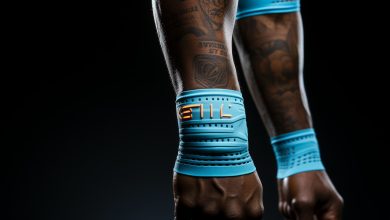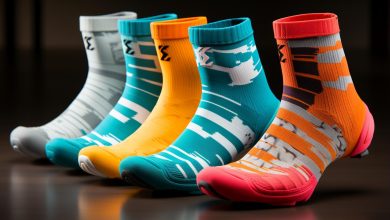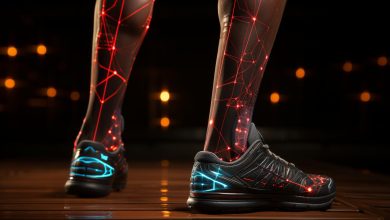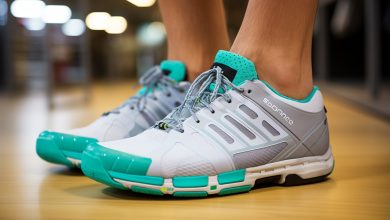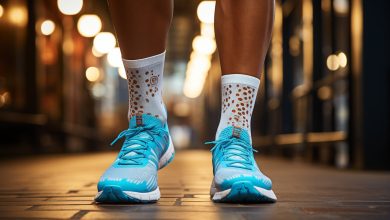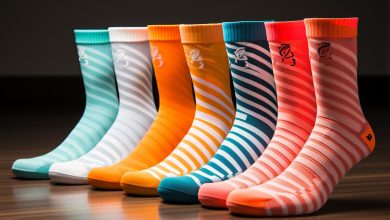Wool Vs. Synthetic Running Socks: Pros and Cons
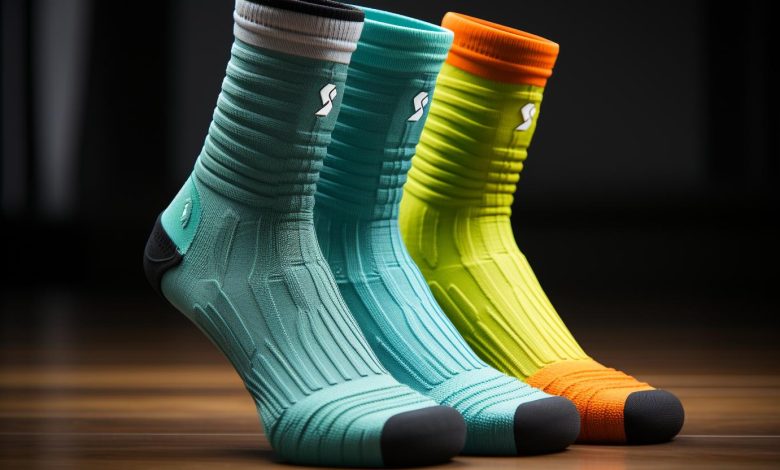
When it comes to choosing the perfect running socks, you want something that not only provides comfort but also excels in moisture management, odor control, and durability. That’s where the age-old debate of wool vs. synthetic comes into play.
Which material reigns supreme? In this article, we will analyze the pros and cons of both options, so you can make an informed decision based on your specific needs and preferences.
Let’s dive right in!
Material Comfort
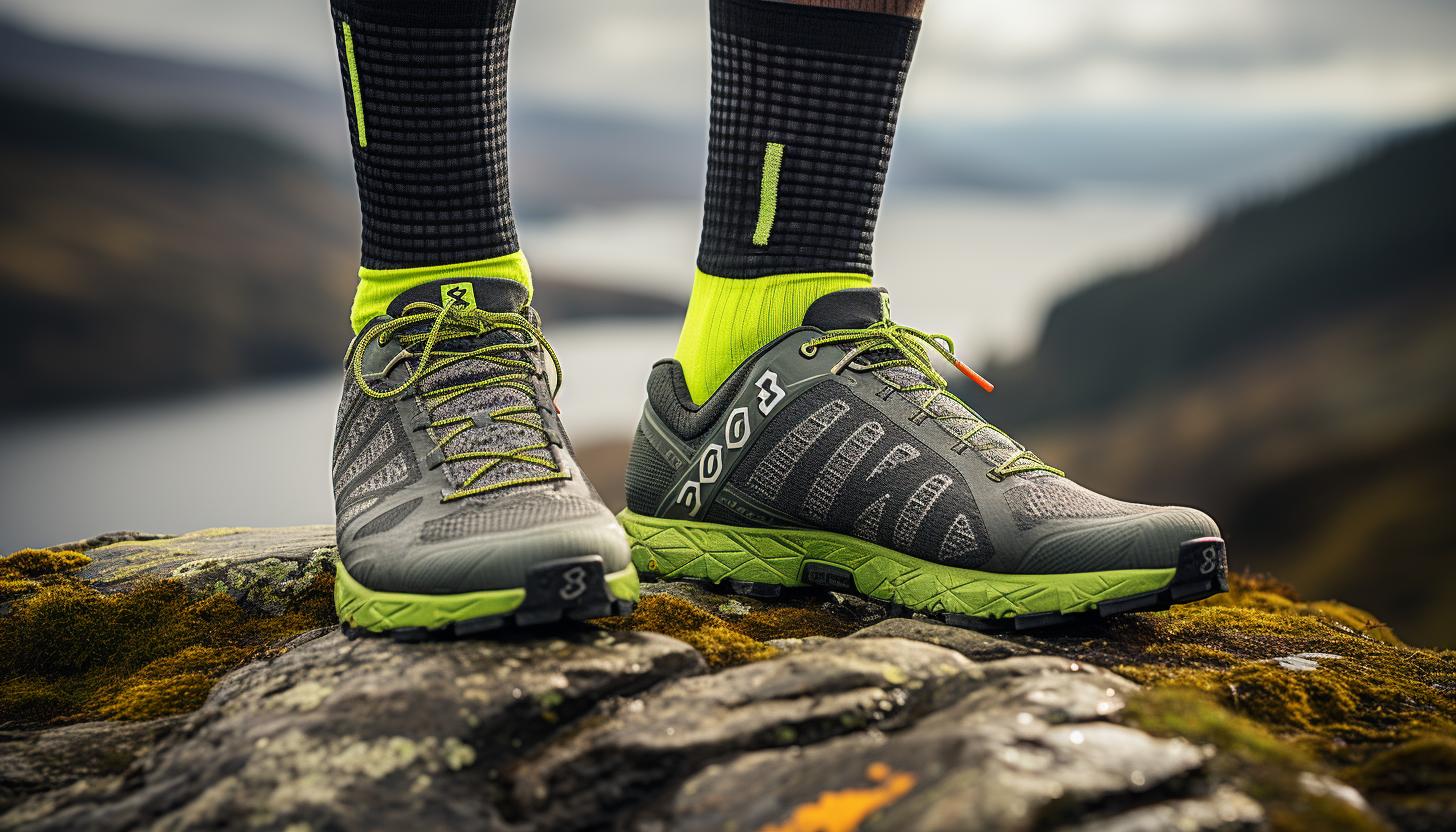
If you want your feet to feel cozy and comfortable during your runs, you’ll love the softness of wool socks. Wool is a natural fiber that offers excellent breathability and temperature regulation, making it an ideal choice for athletic activities.
Breathability is crucial when it comes to running socks. Sweaty feet can lead to discomfort, blisters, and even odor. Wool socks have inherent moisture-wicking properties that help keep your feet dry by absorbing sweat and allowing it to evaporate quickly. This breathability prevents excessive moisture buildup, reducing the risk of blisters and maintaining a more comfortable environment for your feet.
In addition to breathability, wool socks excel in temperature regulation. They are great at insulating during colder weather while also being able to regulate heat in warmer conditions. The natural fibers trap air pockets within the sock, providing warmth when needed but also allowing excess heat to escape when necessary. This dynamic temperature control ensures that your feet stay at an optimal temperature throughout your run.
Overall, wool socks offer superior comfort due to their breathability and temperature regulation capabilities. Whether you’re running in hot or cold conditions, these socks will keep your feet feeling cozy and comfortable mile after mile.
Moisture Management
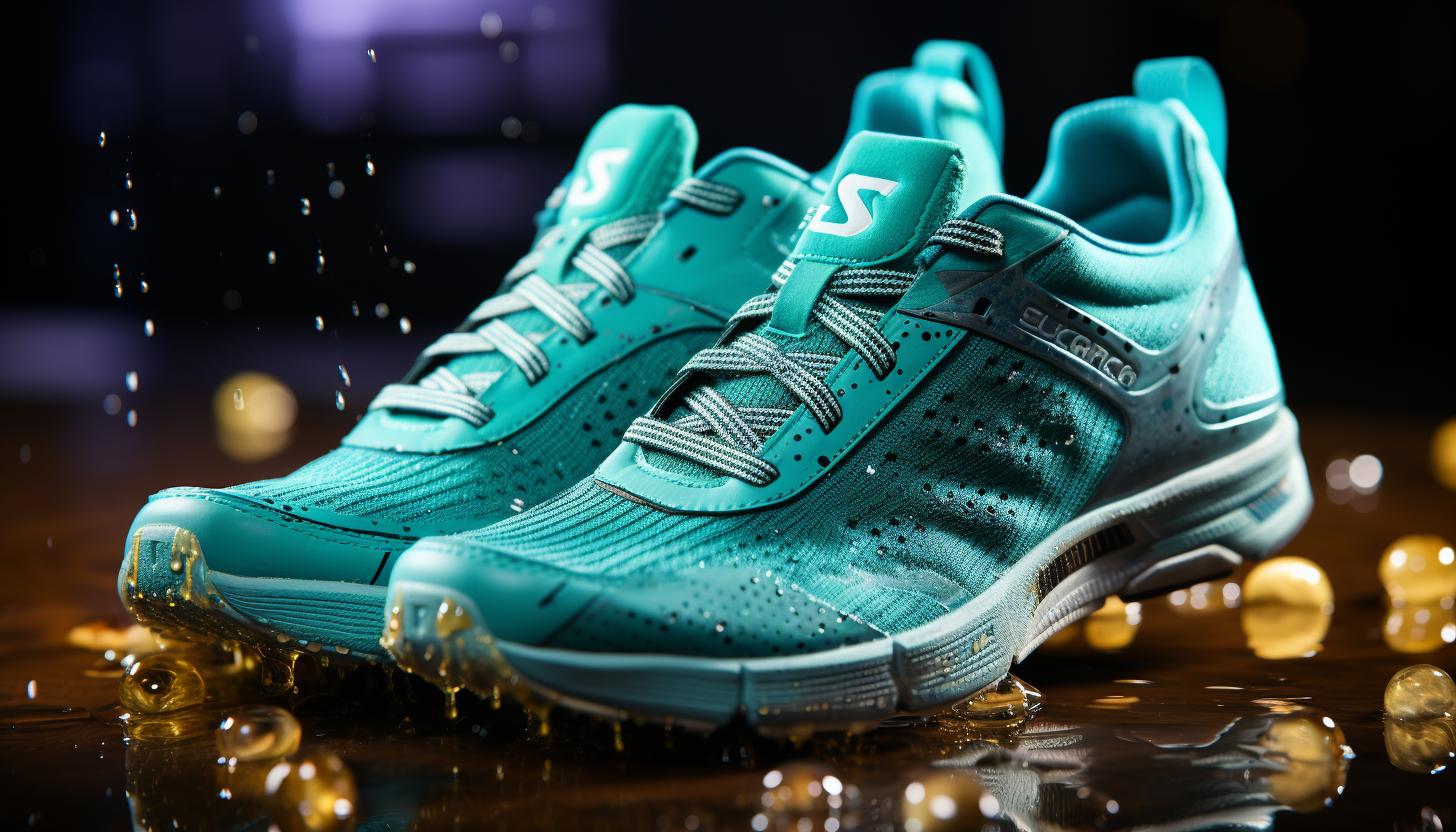
Moisture management is a key factor to consider when choosing between wool and synthetic socks. Both materials have their advantages and disadvantages when it comes to breathability and performance in wet conditions.
Let’s compare the breathability of wool and synthetic socks:
| Wool Socks | Synthetic Socks | |
|---|---|---|
| Pros | Natural fiber that wicks away moisture effectively | Quick-drying fabric that allows for good airflow |
| Cons | May feel slightly heavier when wet | Can trap sweat, leading to dampness |
In terms of performance in wet conditions, both types of socks have their strengths:
– Wool socks excel at retaining warmth even when wet, making them a great choice for cold and rainy runs. However, they may take longer to dry.
– Synthetic socks are known for their ability to dry quickly, keeping your feet comfortable even if you encounter unexpected water puddles on your run.
Overall, wool socks are more breathable while synthetic socks offer faster drying times. Consider the climate and weather conditions you’ll be running in before making a decision.
Now let’s move on to the next important aspect: odor control.
Odor Control
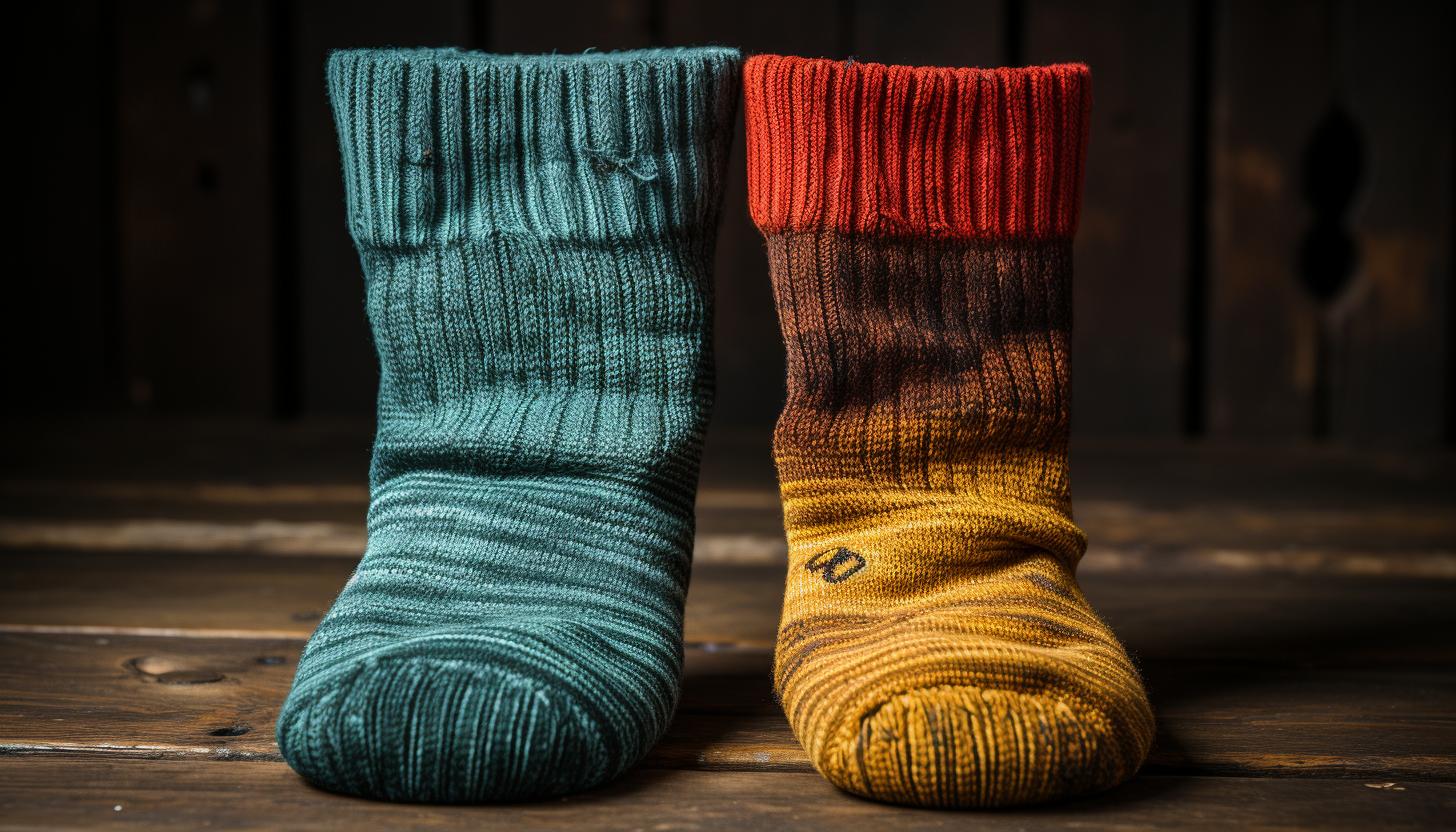
To keep odors at bay, it is important to regularly wash your socks and choose materials with antimicrobial properties. When it comes to odor prevention in running socks, the right material is crucial. Synthetic socks, such as those made from polyester or nylon, often have antibacterial properties that combat odor-causing bacteria. These materials inhibit bacterial growth, reducing the likelihood of unpleasant smells in your footwear.
Here are five reasons why choosing running socks with antimicrobial properties can be beneficial:
– Antibacterial properties: Materials like silver-infused fibers or treated fabrics actively fight against bacteria and minimize odor buildup.
– Moisture wicking: Proper moisture management prevents sweat from accumulating, which can contribute to smelly feet.
– Breathability: Socks made with breathable materials allow air circulation and reduce the chances of bacterial growth.
– Quick-drying: Faster drying times mean less time for bacteria to multiply and cause odors.
– Long-lasting freshness: Socks with antimicrobial properties prevent bacterial growth, maintaining their freshness wear after wear.
By selecting running socks that prioritize odor control through antibacterial properties and other features like moisture-wicking and breathability, you can enjoy a more pleasant running experience while keeping your feet fresh.
Transitioning into the next section about durability…
Durability
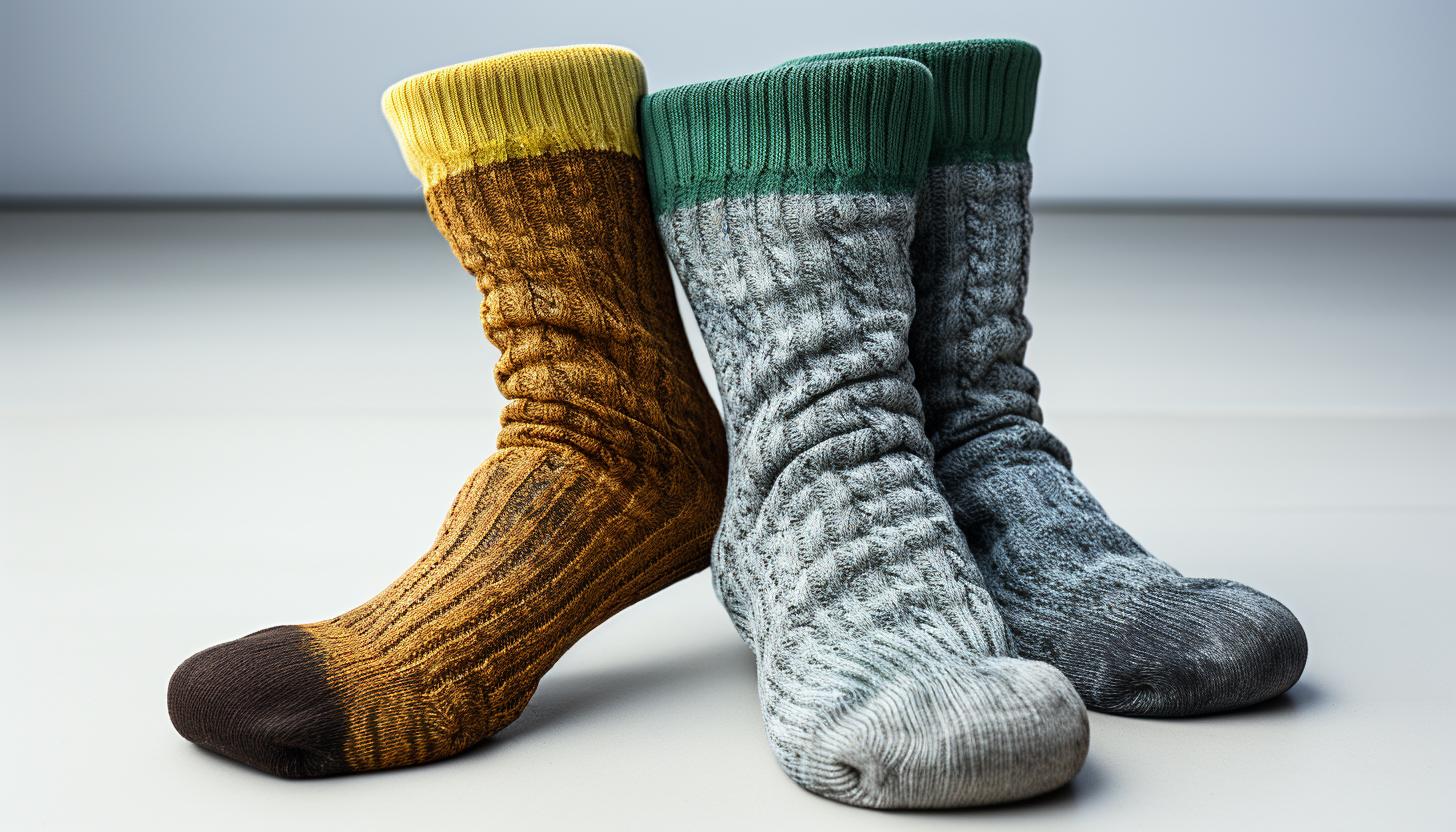
When it comes to choosing durable socks, make sure you consider the construction and quality of the materials used.
In terms of longevity comparison, both wool and synthetic running socks have their pros and cons.
Wool socks are known for their natural strength and resilience, making them highly durable in the long run. They can withstand repeated use and washing without losing their shape or becoming worn out easily.
On the other hand, synthetic socks are designed with durability in mind. Made from strong synthetic fibers like nylon or polyester, these socks are built to last. They offer excellent performance under extreme conditions such as intense workouts or outdoor activities where your feet may be subjected to excessive sweating or moisture.
The synthetic materials used in these socks are often resistant to wear and tear, ensuring that they will hold up well over time.
Cost Comparison
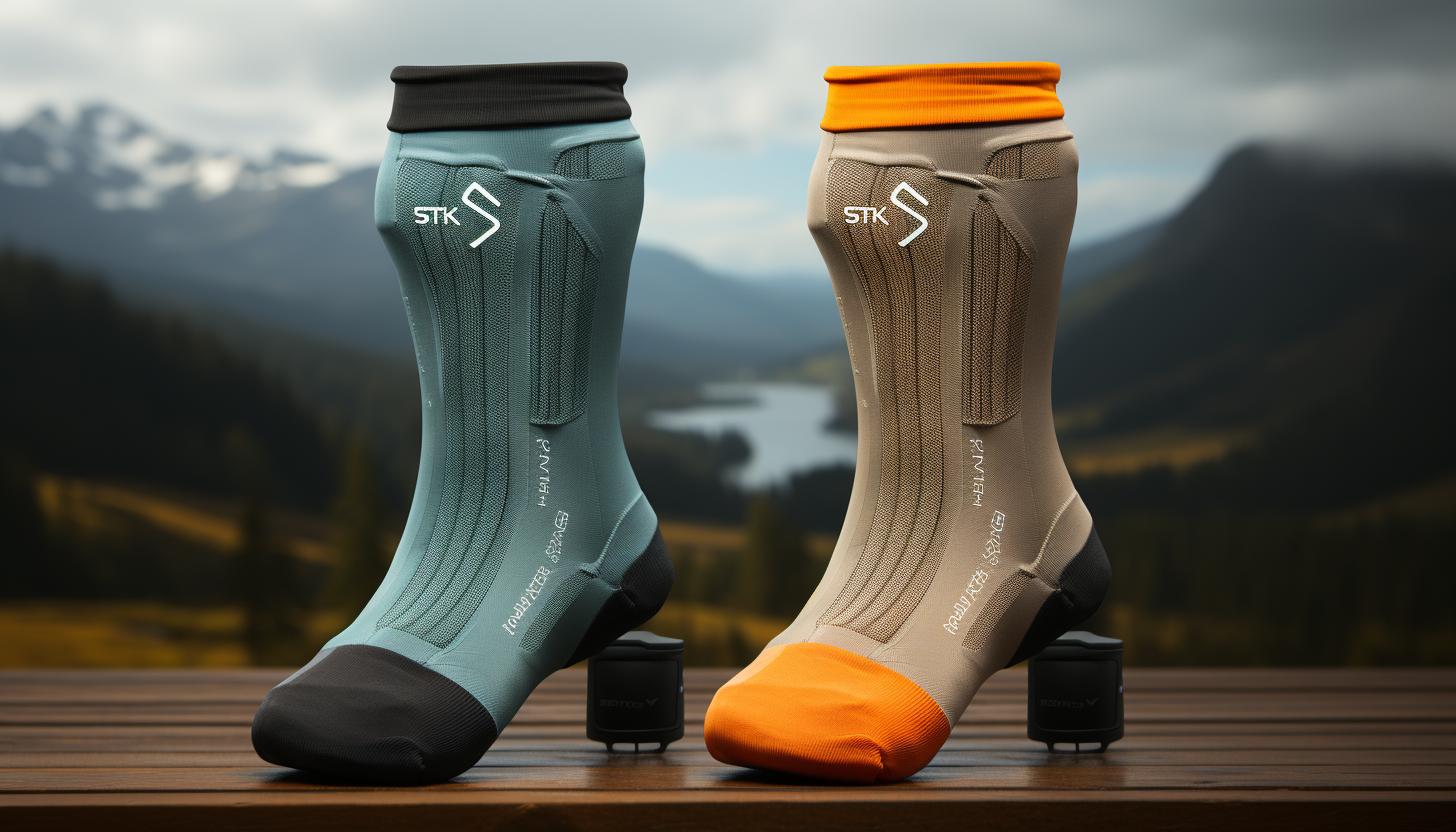
If you’re looking for an affordable option, consider comparing the costs of wool and synthetic socks. Wool socks are often more expensive upfront compared to their synthetic counterparts, but they can be more cost-effective in the long run due to their durability. Synthetic socks may be cheaper initially, but they tend to wear out faster and need to be replaced more frequently.
Here are some factors to consider when comparing the cost effectiveness of wool and synthetic socks:
– Durability: Wool socks are known for their durability and can withstand repeated use without losing their shape or effectiveness.
– Moisture-wicking properties: Both wool and synthetic socks offer moisture-wicking capabilities, but wool naturally absorbs more moisture without feeling damp.
– Odor control: Wool has natural antimicrobial properties that help prevent odor buildup compared to synthetic materials.
– Insulation: Wool provides better insulation than synthetic materials, keeping your feet warm in cold weather conditions.
– Environmental impact: Wool is a renewable resource that is biodegradable, making it a more sustainable choice compared to petroleum-based synthetics.
While wool socks may require a higher initial investment, their longevity and eco-friendly nature make them a cost-effective choice in the long term. Additionally, supporting sustainable practices contributes positively to reducing environmental impact.
Conclusion
In conclusion, when it comes to choosing between wool and synthetic running socks, both have their pros and cons.
Wool offers excellent moisture management and odor control, keeping your feet dry and fresh during intense workouts. On the other hand, synthetic socks are more durable and often come at a lower cost.
Ultimately, the decision boils down to personal preference and specific needs.
So lace up your shoes, find the perfect pair of socks that suits you like a glove, and hit the pavement with confidence!

